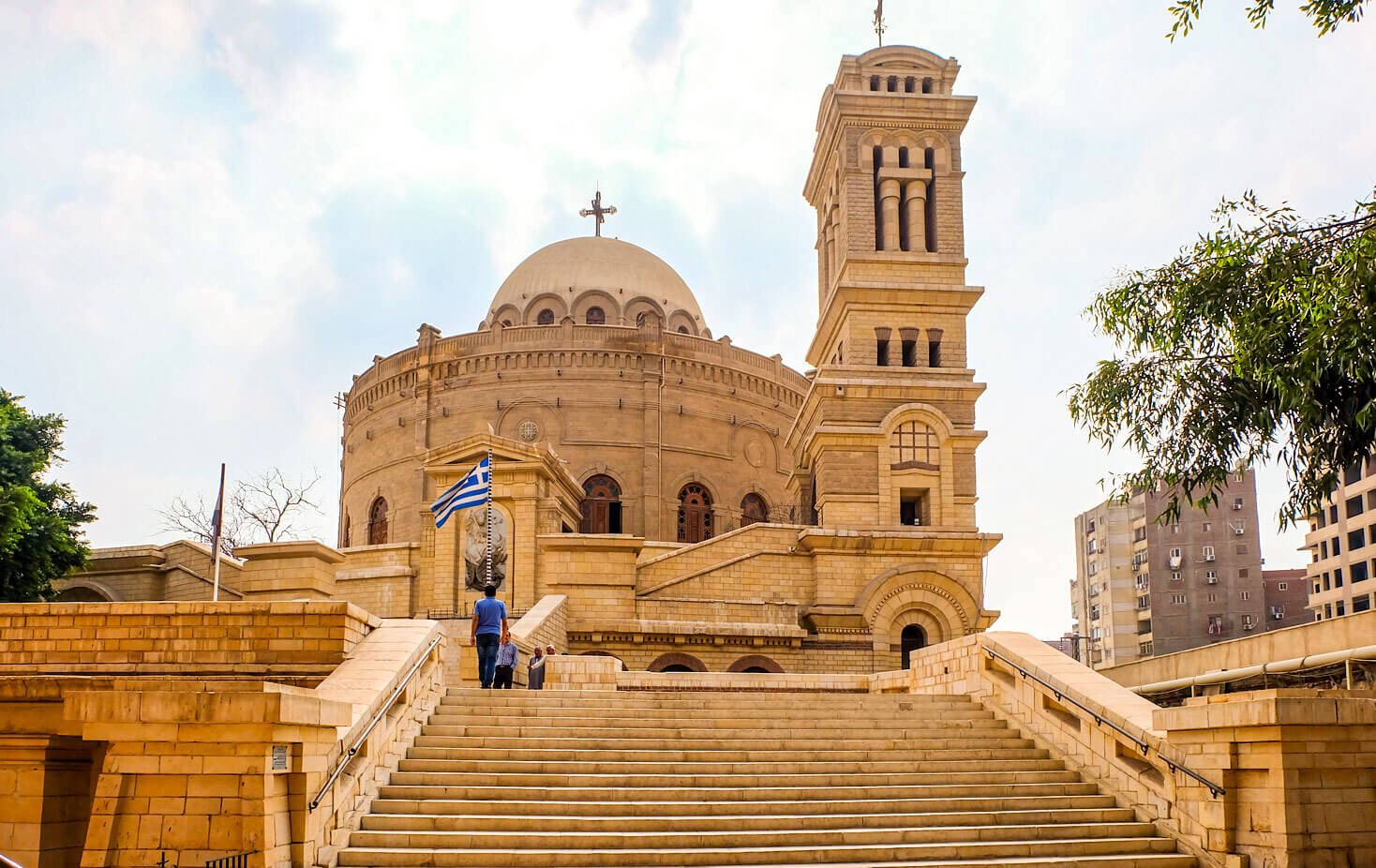
Walking by the Great Pyramids of Giza, I felt time wrap around me. It was as if 4,500 years of history spoke through every stone. Egypt’s Religious Sites, like the Valley of the Kings or Karnak Temple, let you feel the pulse of human faith.
These sites are not just old ruins. They are living stories. Each temple, mosque, and ancient tomb shows the power of faith in shaping civilizations.
Imagine standing before Ramses II’s 65-foot statues in Abu Simbel. Or tracing the Holy Family’s steps in Coptic Cairo’s churches. The Karnak Temple’s four-story columns still stand tall, their carvings alive after millennia.
This guide is more than a list. It’s your key to experiencing Egypt’s rich history and faith. It’s a journey where pharaohs, saints, and scholars left their mark.
Are you ready to explore where faith and history meet? Let’s discover how Egypt’s Religious Sites turn every traveler into a time traveler. We’ll share tips to make your journey both meaningful and awe-inspiring.
Walking through Egypt’s religious landmarks is like flipping through a history book. Every stone has a story to tell. Imagine standing where pharaohs prayed, early Christians hid, and followers of Islam built grand minarets. This land is a living timeline of faith.
Religious tourism in Egypt thrives because its sites are layered like the sands of time. Ancient temples like the Step Pyramid of Djoser, built over 4,600 years ago, stand near Coptic churches carved into cliffs. Later, Islamic architecture adorned these spaces with intricate domes. Each era left its mark, creating a mosaic of beliefs that’s unique to this corner of the world.
Picture yourself at the Great Sphinx, half lion and half pharaoh, guarding secrets of the Old Kingdom. Nearby, the Hypostyle Hall at Karnak stretches skyward with columns that once echoed with hymns to Amun-Ra. Centuries later, these same grounds became pilgrimage routes for both Christians and Muslims. That’s the magic: every site holds layers of meaning.
Exploring these spaces connects you to 5,000 years of human devotion. From the Giza Plateau’s pyramids to Luxor’s temple corridors, each corner whispers of gods, saints, and prophets. This is where faith isn’t just history—it’s alive in every sandblown ruin and every call to prayer. Ready to walk where empires and beliefs collided? The journey starts here.
Walking through Ancient temples in Egypt is like stepping into a living history book. These Egypt spiritual places were more than just stone structures. They were the hearts of worship, power, and cosmic belief.
Imagine standing in Karnak’s Hypostyle Hall. Here, 134 columns tower over you like giants. Their carvings tell stories of Amun-Re’s glory. Each temple showed the Egyptians’ quest to connect earth and heaven.
From Karnak’s pillars to Luxor’s sphinxes, every element had a purpose. Pylons marked the threshold between humans and gods. Sanctuaries held statues believed to house divine spirits. The layout followed celestial cycles, like the Sun Festival at Abu Simbel.
These spaces were also economic powerhouses. Their lands funded rituals, and priests were both spiritual leaders and state officials.
Today, these sites still stir awe. At Philae Temple, columns are adorned with Isis’s symbols. Dendera’s zodiac ceiling shows ancient astronomy. Hatshepsut’s temple clings to cliffs like a sacred ladder.
Every temple has a story—of faith, artistry, and the Egyptians’ quest to touch the divine. Visit during cooler months for a timeless dialogue with history.
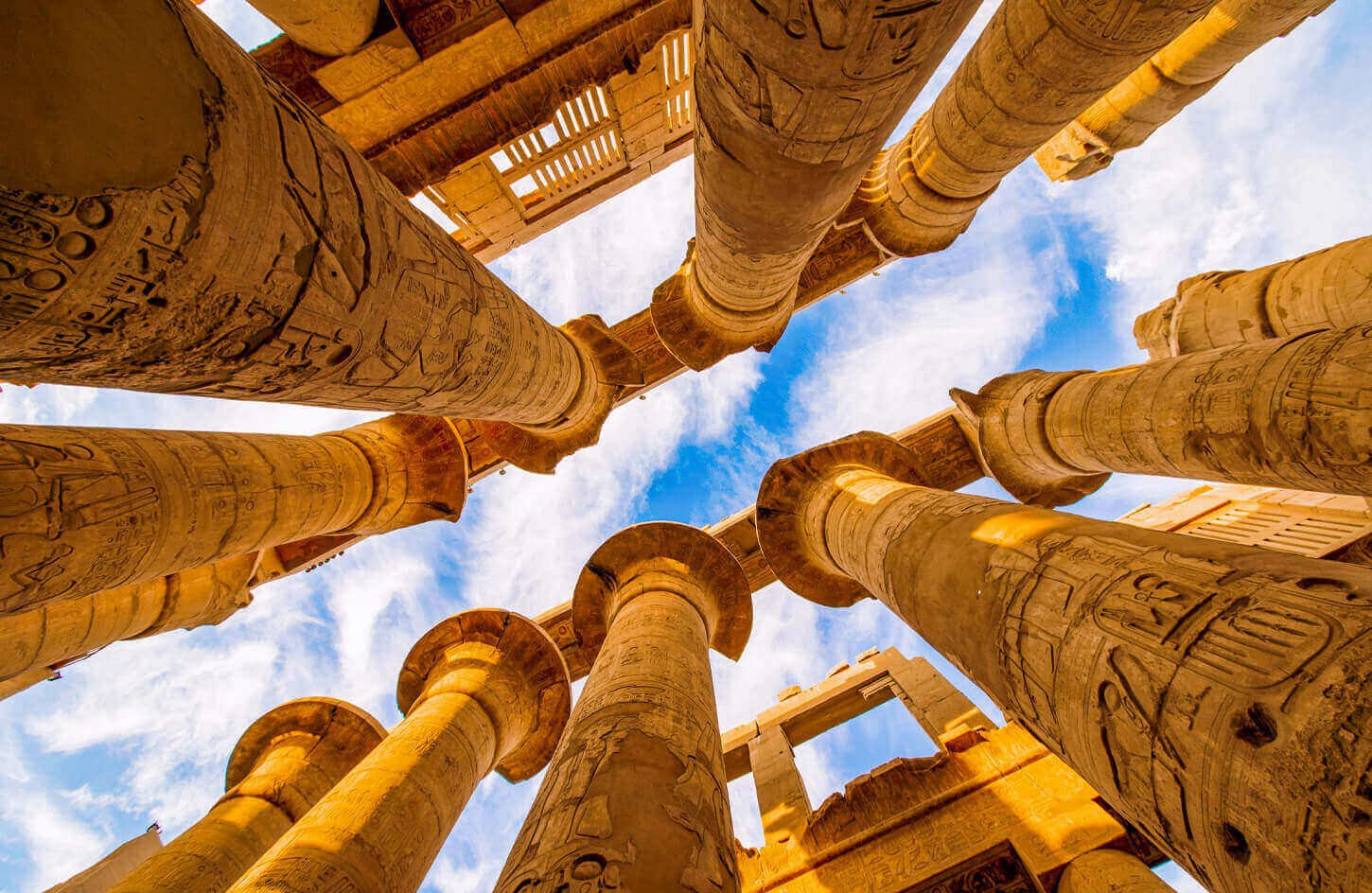
Walking through Karnak’s gates is like stepping into a history book. This ancient temple is a maze of over 2,000 years of history. It covers 200 acres, making it the largest religious site ever built. Thirty pharaohs contributed to its grandeur.
Imagine being in the Hypostyle Hall, surrounded by 134 massive columns. Sunlight filters through windows, creating patterns that guided priests. It’s a place where history comes alive.
Every corner of Karnak has a story. The Sacred Lake was for priest purification. The Avenue of Sphinxes shows Amun’s power. During festivals, statues of gods were moved here, blending religion and drama.
Carvings tell of Thutmose III’s victories and Ramses II’s grandeur. It’s a place where history is still felt. At dusk, the walls glow, turning Karnak into a golden tribute to the past.
This isn’t just a visit—it’s a chance to walk where pharaohs did. Karnak is a testament to Egypt’s spiritual heart. It’s a place of awe and wonder.
Imagine standing before four 66-foot statues of Ramses II, carved into a mountainside in southern Egypt. These colossal sentinels guard one of the most awe-inspiring Sacred sites Egypt has to offer. Built over 3,000 years ago, the Abu Simbel temples weren’t just a tribute to pharaonic power—they were a divine statement. I’ve walked the same paths where Ramses II’s engineers aligned the temple’s inner sanctum to let sunlight pierce its heart twice a year, illuminating statues of Ra, Amun, and the pharaoh himself. This celestial precision still leaves visitors breathless today.
Though originally destined to sink beneath Lake Nasser’s waters in the 1960s, this Egypt religious landmarks marvel was saved through an unprecedented rescue effort. Engineers dismantled the site block by block—some weighing 30 tons—and rebuilt it 200 feet higher. Walking the reassembled halls today, you’ll see hieroglyphs recounting Ramses’ victories, their colors faded but their stories intact. The hypostyle hall’s eight pillars soar like ancient skyscrapers, each carved with intricate details.
If timing your visit for the twice-annual solar alignment, know February 22 and October 22 are magical—but Abu Simbel dazzles year-round. At 140 miles southwest of Aswan, its isolation heightens the sense of stepping into antiquity. The sun here is relentless (40°C in July!), so pack sunscreen. Yet when dusk falls, the desert sky transforms the temples into a silhouette of Egypt’s ancient grandeur. This is where history becomes a living, breathing experience—no guidebook is needed to feel the weight of millennia.
Ready to explore beyond the usual Religious tourism Egypt spots? Egypt has many Religious Sites in Egypt that will deepen your connection to this ancient land. Here are my top picks to make your journey unforgettable.
Begin at Dendera Temple, where Hathor’s starry ceiling holds secrets of the cosmos. Its hypostyle hall feels like stepping into a living universe. At Edfu, the second-largest temple, Horus’s sanctuary is 40 feet tall with original carvings.
Don’t miss Kom Ombo’s split layout for Sobek and Haroeris. And at Philae, Isis’s island temple, you’ll hear echoes of Roman-era devotion.
Plan your visit wisely! Pair Dendera’s sunrise with Edfu’s sunset to avoid crowds. For those exploring alone, Kom Ombo’s bilingual inscriptions are fascinating. Spend 1–2 hours at each site, but let your spirit guide you.
Photography is allowed outside active worship areas. Dendera’s Hathor-headed columns make great souvenirs.
These sites are more than ruins—they’re living parts of Egypt’s spiritual fabric. Whether tracing Coptic history at Saint Simeon Monastery or marveling at Seti I Temple’s vivid reliefs, each visit is a dialogue with ancient faith. Let these hidden gems guide your Religious tourism Egypt experience—where every column and hieroglyph tells a sacred story.
Walking through Coptic Cairo feels like stepping into a living history book. This quarter is home to some of the oldest Coptic churches Egypt has. It traces the journey of Jesus, Mary, and Joseph during their flight to safety. The Holy Family’s 3.5-year sojourn left a lasting mark—now preserved in 25 sites along the Holy Family Trail.
Imagine standing in the 4th-century Abu Serga Church, built where tradition says the family hid. Its gold-leafed icons and ancient stone walls tell stories.
Marvel at the Hanging Church, suspended above Roman gates, with wooden screens carved with biblical scenes. Step inside Saint George’s circular tower-turned-church, where every candle flicker mirrors centuries of devotion. These Egypt spiritual places aren’t just buildings—they’re living chapels where incense mingles with history. The nearby Coptic Museum guards treasures like 5th-century manuscripts, letting you touch time itself.
Recent renovations have revitalized monasteries like Saint Mary at Drunka, the trail’s finale. The Vatican even endorsed pilgrimages here, with tours starting in 2018. Pope Francis’ 2017 visit highlighted how these sites bridge ancient faith and modern wonder. From Cairo’s Matariya district’s sacred tree to the trail’s 25 stops, every corner whispers of resilience and faith.
Explore where Christianity took root in Africa. These churches aren’t just relics—they’re gateways to a story that shaped a continent. Whether tracing the Holy Family’s path or savoring the scent of frankincense in Abu Serga, Coptic Cairo invites you to feel the heartbeat of Egypt’s spiritual soul.

Walking through Islamic Cairo is like entering a museum of faith and art. Since Islam arrived in Egypt in the 7th century, Cairo’s skyline has been marked by domes and minarets. These structures tell stories of sultans, scholars, and artisans.
The Sultan Hassan Mosque is a prime example of Mamluk architecture. It was built in just seven years, from 1356–1363. Its 81-meter-tall minaret reaches for the sky, and its 7,900-square-meter courtyard is filled with the sound of prayer. The mosque’s gold-leaf calligraphy and the quiet of worshippers are truly awe-inspiring.
This mosque was once a place of learning for scholars from all over the Islamic world. Its legacy lives on in Cairo’s intellectual heart.
Close by, the Mosque of Ibn Tulun has a towering spiral minaret, reminiscent of Abbasid-era Baghdad. Al-Azhar Mosque, with its arches, has sheltered scholars for over a thousand years. The Citadel’s Muhammad Ali Mosque dazzles with its white marble and gilded dome, a 19th-century addition to Cairo’s Islamic heritage.
Every corner of Islamic Cairo tells a story. From the copper-inscribed doors to the geometric tilework, and the scent of myrrh during Friday prayers, each detail is a piece of history.
These mosques in Egypt are more than just religious sites. They are bridges to a living tradition. Dress modestly, remove your shoes, and let the call to prayer guide you deeper into Cairo’s soul. Every archway and courtyard invites you to connect with the past while enjoying the present. Are you ready to explore where faith and artistry come together?
Planning your trip to Egypt religious landmarks needs careful thought. Pack light, bringing scarves or long sleeves for places like mosques and Coptic churches. Remember, covering your shoulders and knees is key. Keep a headscarf ready for spots like Al-Azhar Mosque. Wearing the right clothes shows respect and gets you a warm welcome.
Rules on photography differ at each site. Some charge extra, while others ban photos during prayers. Always check before snapping! Entrance fees are usually $3–$15, but buying a combo ticket can save you money. Guides are a big help at big sites like Karnak Temple, where they share fascinating stories. Make sure they know about the site’s religious importance before you hire them.
When to visit is important: go early morning or late afternoon to avoid the heat and crowds. Mosques close for prayers, so check the schedule to avoid getting locked out. Drink lots of water—many sites don’t have much shade. Remember to be quiet in places of worship—most visitors forget this, but it helps preserve these sites for others.
Following the rules helps protect these historic places. At sites like Karnak, over 1 million visitors walk through, so be careful. Donations at places like Philae Temple help keep the sites in good shape. By being curious and respectful, you’ll make your visit and the sites’ legacies even more special.
Visiting Egypt’s sacred sites during local festivals makes sightseeing unforgettable. Imagine seeing the sunrise at Abu Simbel twice a year. This event happens on February 22 and October 22, lighting up Ramses II’s statues. It’s a sight you won’t want to miss.
Book your tours early because many people come hours before dawn. They want to see this amazing sight.
Coptic Christmas on January 7 adds color to Cairo’s churches. St. George’s Church is filled with incense and families. Don’t miss the historic Hanging Church to see traditions from centuries ago.
Eid al-Fitr in April 2025 brings Cairo’s mosques to life. Al-Azhar Mosque is buzzing with prayers and family gatherings. Ask locals about markets selling traditional sweets nearby.
Sham El-Nessim on May 6 is a time for joy. Egyptians picnic by the Nile with salted fish and scallions. It’s a tradition older than pharaohs.
This public holiday is great for exploring Giza’s pyramids without the heat. For Islamic New Year on July 7, 2025, visit Khan El-Khalili bazaar. See lantern vendors preparing for Ramadan’s start.
Pro tip: Ramadan in March 2025 lights up mosques like Al-Hussein with lanterns. Try koshari and dates at Iftar dinners like a local. Eid al-Adha in June brings markets near Luxor Temple and prayers at Aswan’s Nubian villages. Check lunar calendars yearly, as Islamic dates change by 11 days annually.
In Egypt, where pharaohs prayed and early Christians found refuge, history comes alive. The columns of Karnak’s Hypostyle Hall and hymns in Coptic churches tell stories of devotion. Islamic mosques echo with calls to prayer, connecting us to the divine.
Visiting Egypt is more than seeing sights—it’s a journey through time. Imagine walking through Abu Simbel, feeling the legacy of Ramses II. Or finding peace in Luxor’s Temple of Amun-Ra, where kings sought cosmic order.
Coptic churches like Saint Catherine’s Monastery hold medieval manuscripts and desert silence. Islamic mosques, such as Al-Hakim in Cairo, blend beauty with spiritual focus. Each site offers a moment for reflection, from the Pyramids to Siwa’s oracle temples.
Visit in spring or autumn for fewer crowds and milder weather. Dress modestly when entering sacred places. Remember to respect worshippers and capture the quiet moments.
Egypt’s heritage is not just history; it’s a mirror to our own search for meaning. Standing where Moses received the tablets or where pilgrims gather, we are asked to pause and listen. These spaces teach us to carry forward the lessons of a land where gods and people once walked together.
Read more related articles:
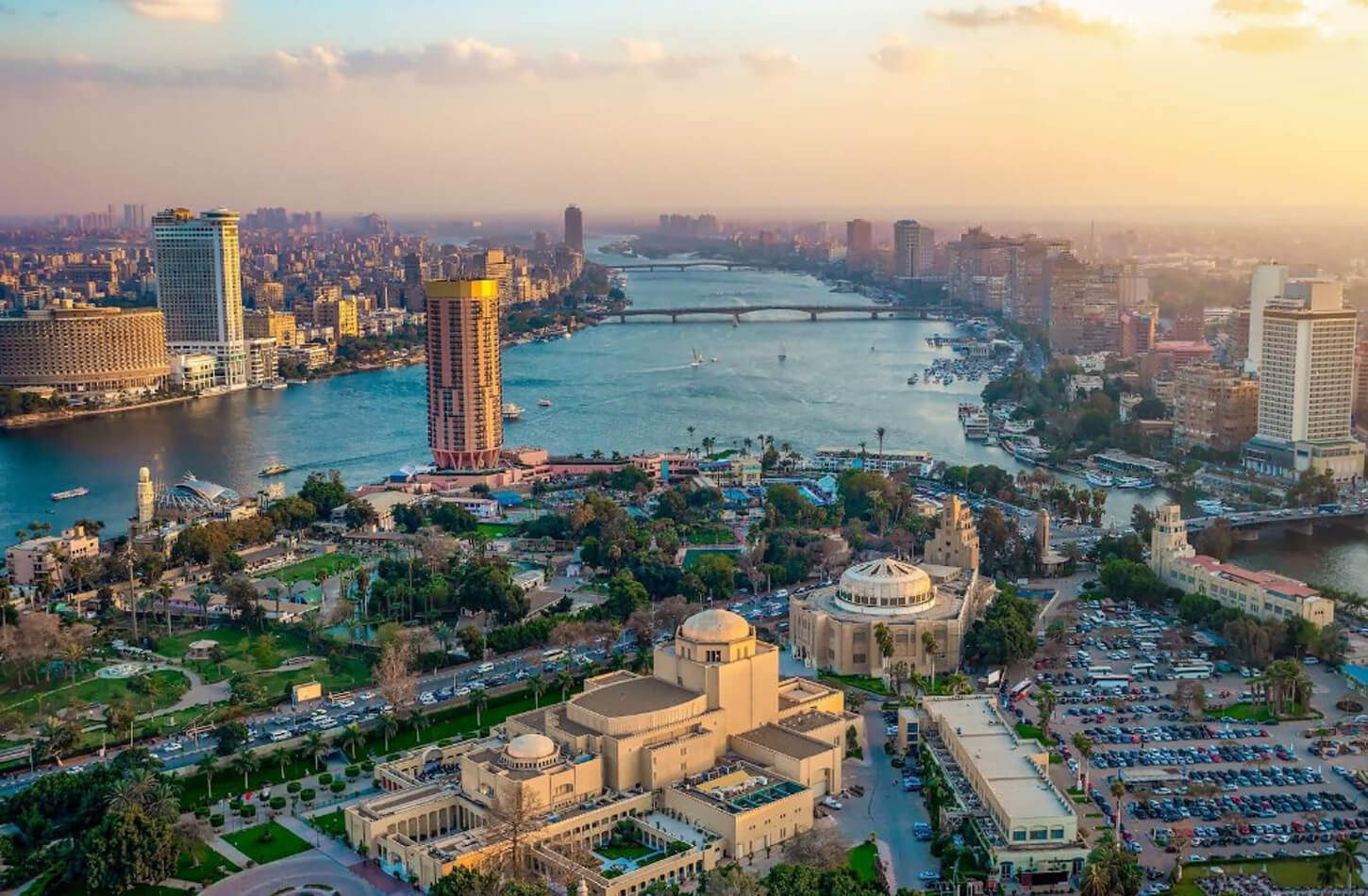
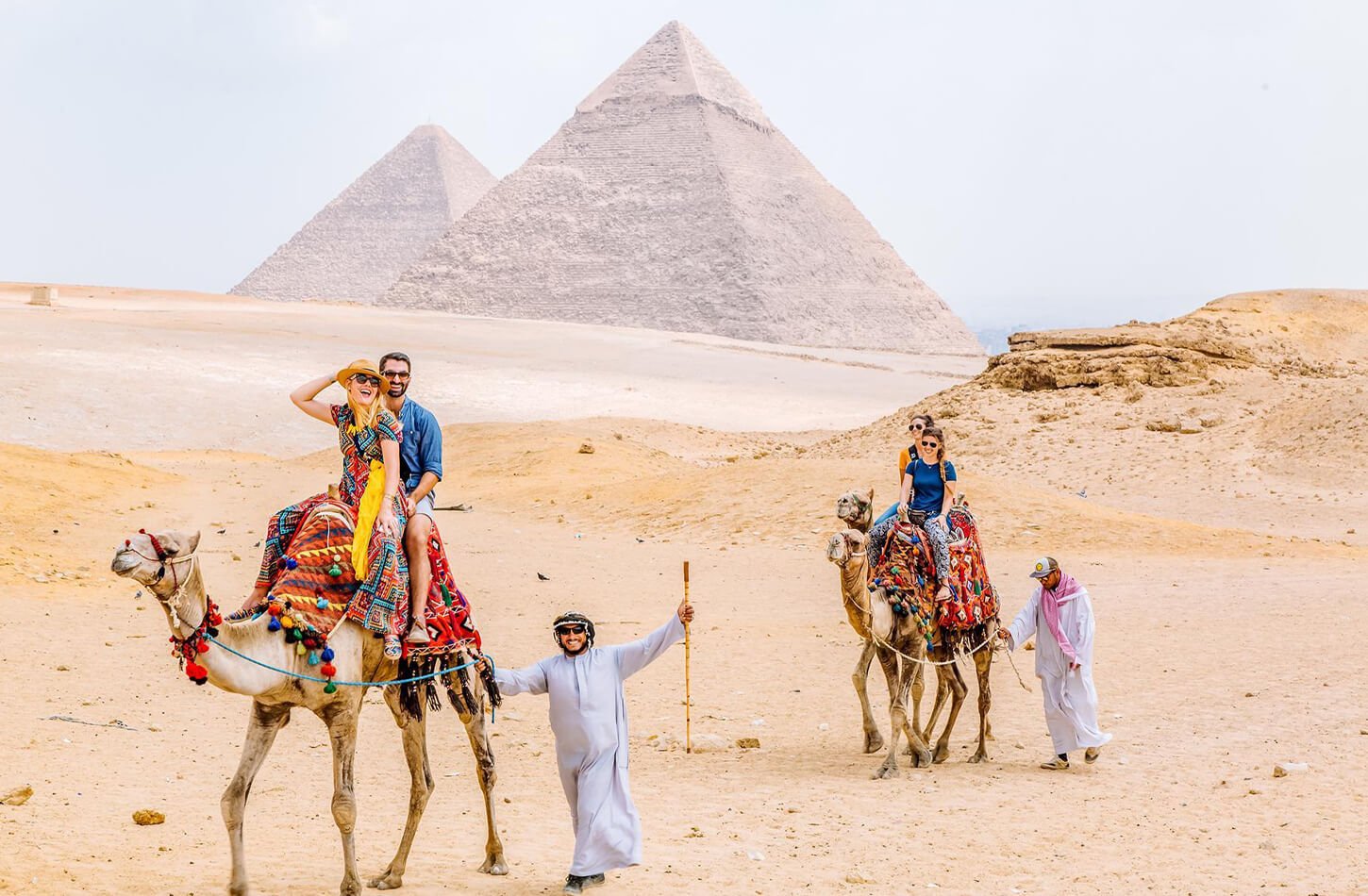
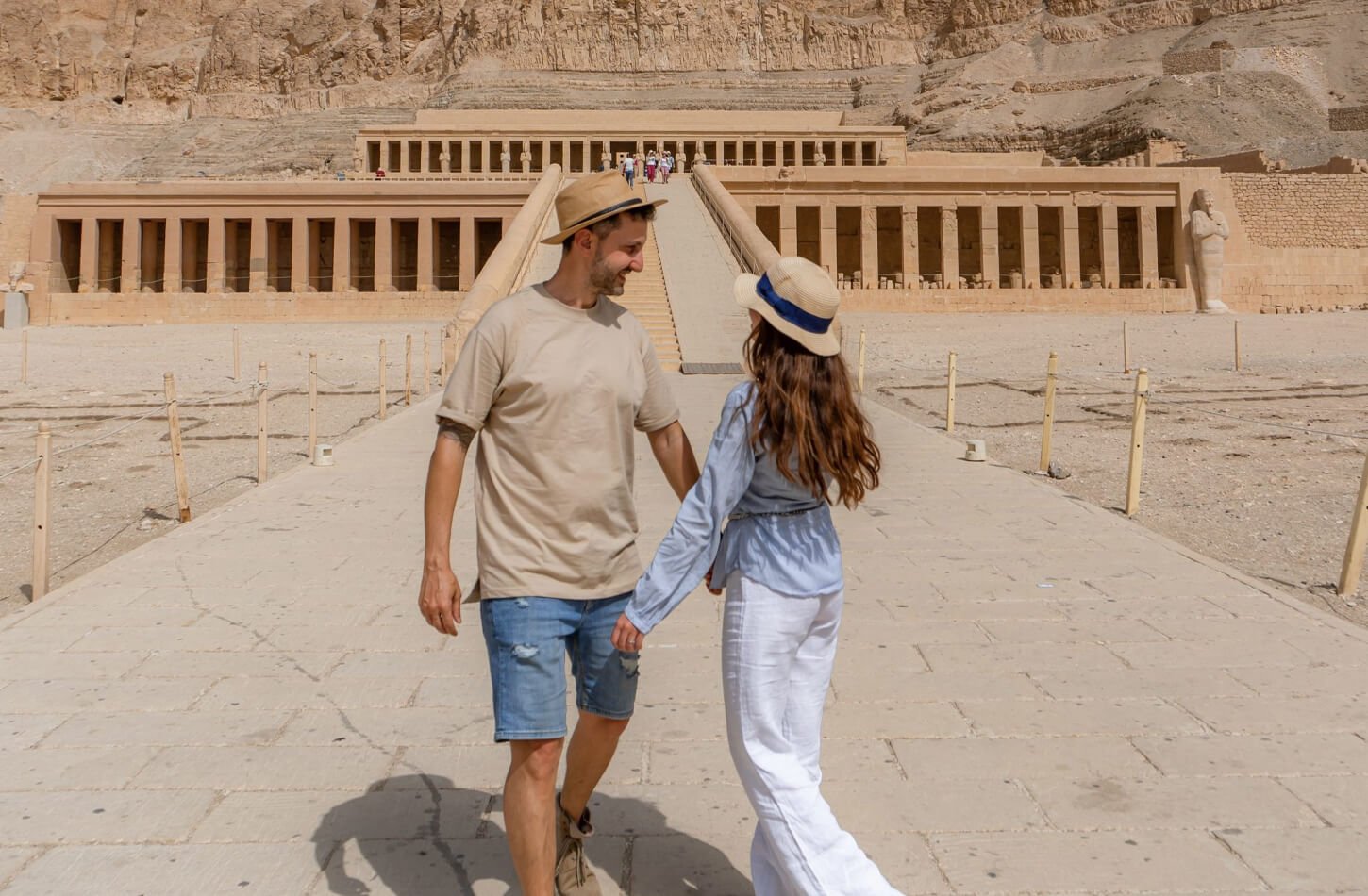
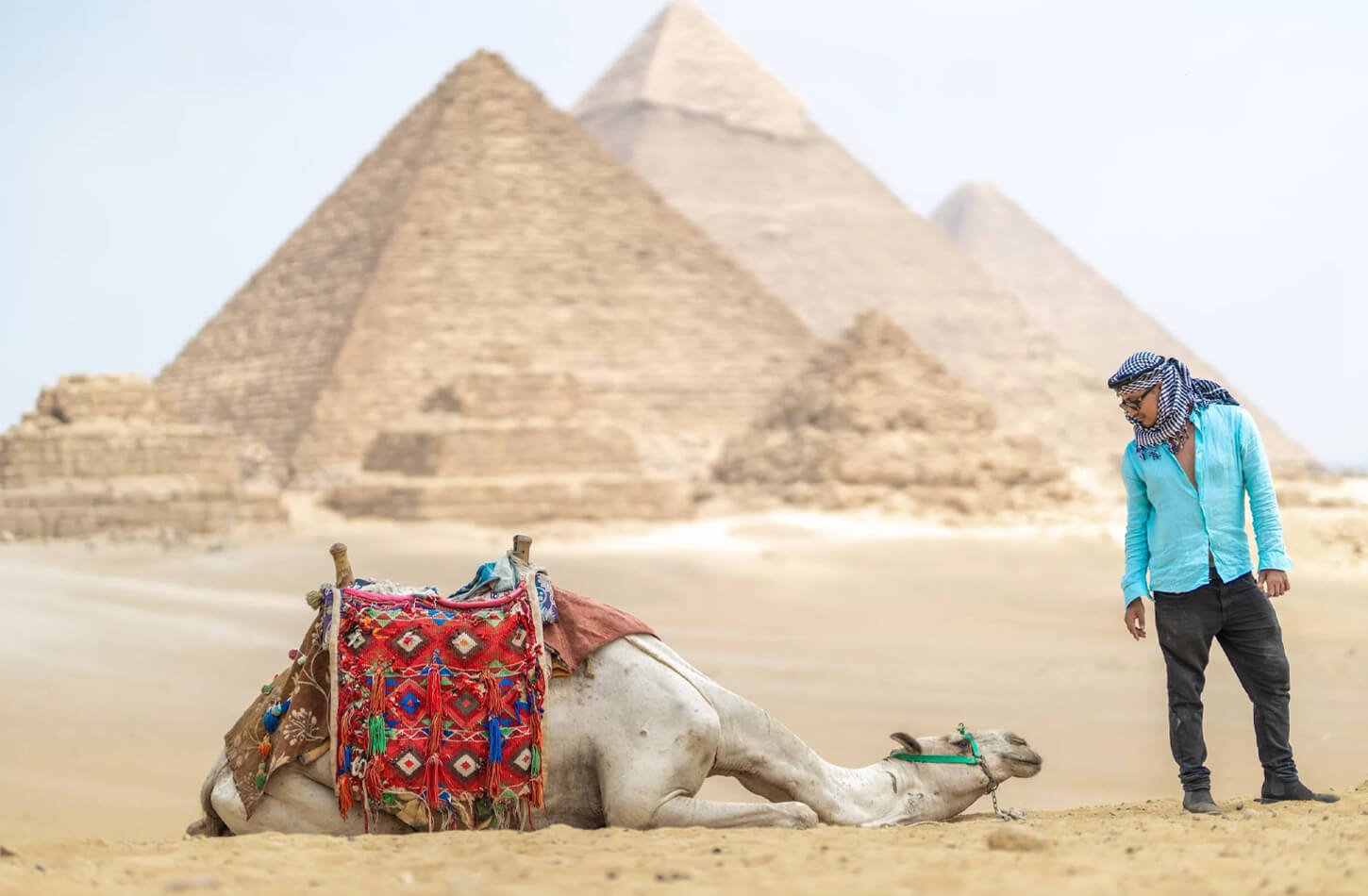
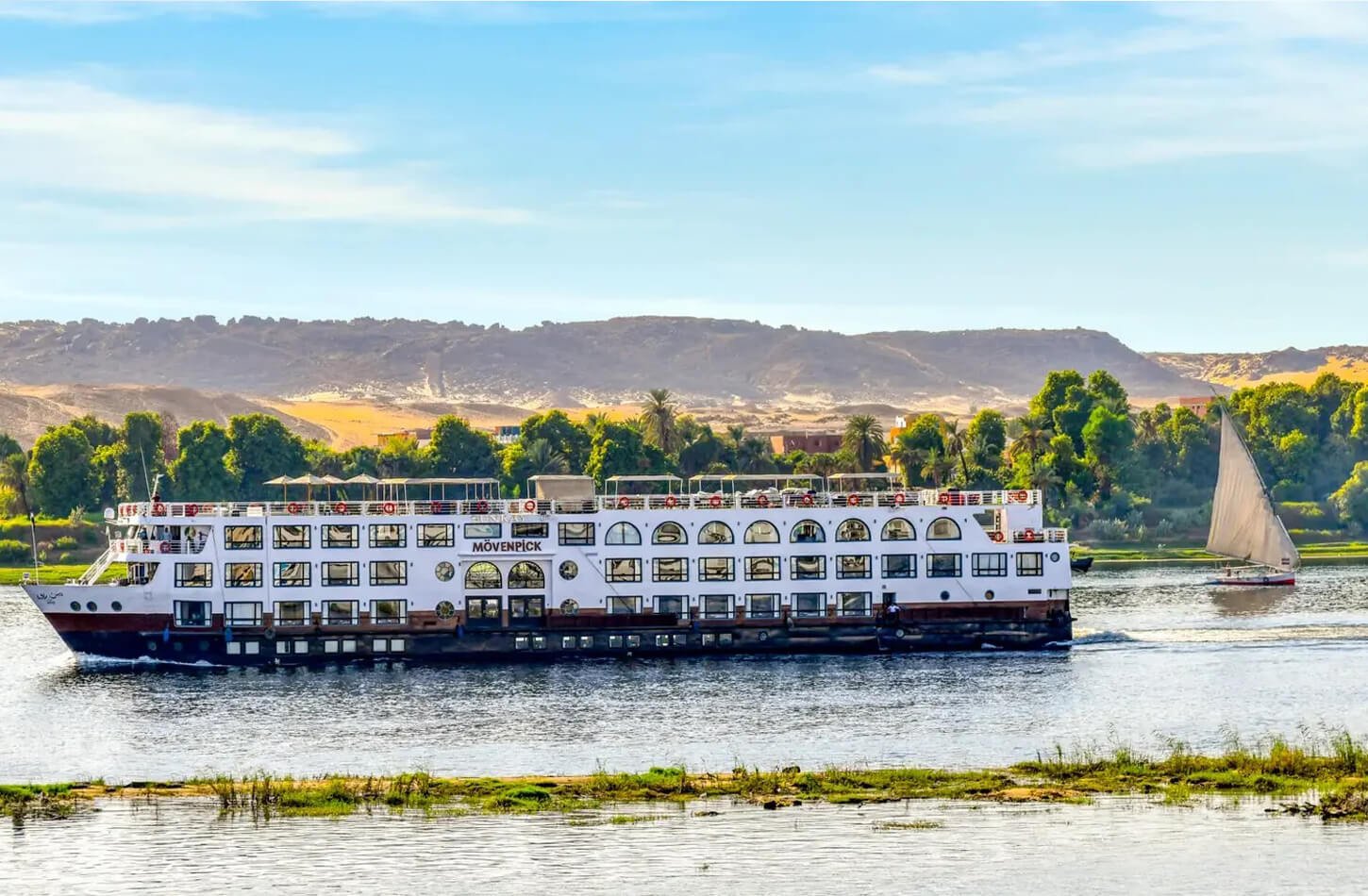

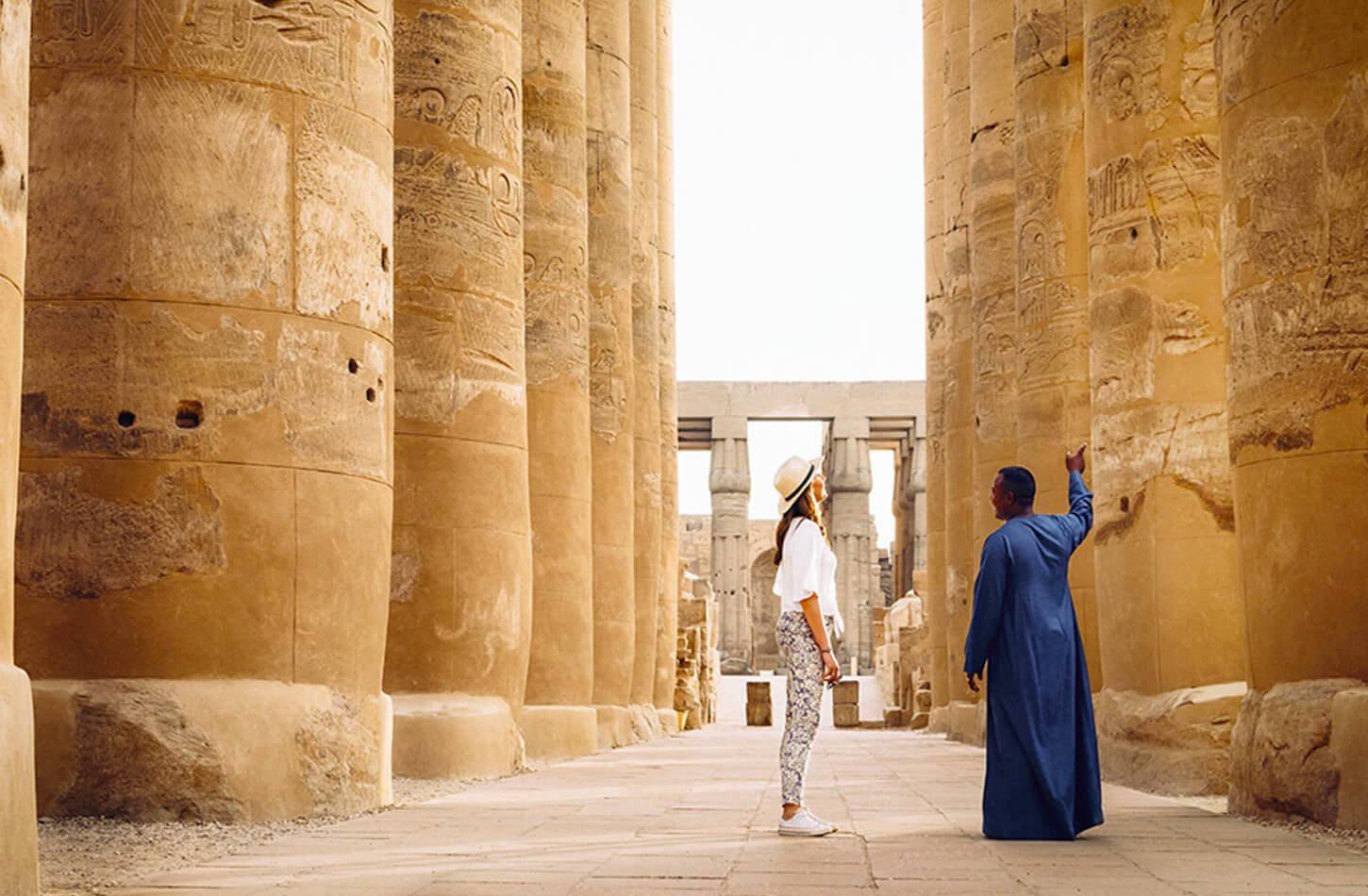
Don't just get there, get there in style.
Information
Follow Us
Payment channels
